The Samsung Galaxy Note7 (S820) Review
by Joshua Ho on August 16, 2016 9:00 AM ESTStill Image Performance
Now that we’ve gone over what the Galaxy Note7’s camera looks like from an architectural standpoint and a user experience standpoint we can talk about how it performs. In the interest of timeliness and due to the sheer level of commonality with the Galaxy S7 in camera we have dispensed with a broad-base comparison across multiple generations and OEMs and price points in favor of a more test scenes with the Note 7’s direct competitors to have more relevant data points that do something other than reiterate parts of the Galaxy S7 review.
| Daytime Photography |
Looking at a simple daytime scene the Galaxy Note7 looks almost exactly like the Galaxy S7 but with some very minor contrast changes and some slight reduction in sharpening. In blind A/B testing I suspect It would be impossible to actually consistently tell which photo came from which device in a consistent manner. The LG G5 has had a major OTA recently which seems to have affected camera processing as while it was noticeably sharper than the Galaxy S7 and Note7 before it now looks fairly comparable with less visible luminance noise but also less detail.
The Note7 outputs higher detail here compared to the iPhone 6s Plus which is likely due to the larger sensor used in the Note7, but pretty much every high-end Android flagship is shipping larger sensors at this point so it’s not too surprising that the iPhone 6s Plus is starting to show its age as far as camera quality goes.
When compared to the HTC 10 it’s fairly obvious that HTC has missed exposure for this scene as rather than exposing for the center with some radius and weighting they seem to expose for the whole scene with a higher weighting applied to the center of the lens. As a result things like the sky look somewhat washed out compared to reality. The iPhone 6s Plus’ color rendition is pretty much exactly how I saw the scene, so the sky isn’t reproduced quite right there. On the other hand, shadow detail is clearly superior to the Galaxy Note7 on the concrete, and texture detail is also comparable. There are some clear issues with the HTC 10’s edge detail as high-contrast edges are rather soft and more comparable to the iPhone 6s Plus, so I would say the two are fairly comparable but the Galaxy Note7 edges past due to its better edge contrast.
| Low Light Photography 1 |
Moving on to the low light scenes the first scene was just a photo of some houses at night which has both brightly lit and dark areas which are mostly identical save for the appearance of a random cat at the fence for the iPhone 6s Plus. Starting with the comparison for the Galaxy Note7 and S7, it’s obvious that the Galaxy S7 elects to use a much warmer white balance than the Galaxy Note7. I’m reluctant to pass judgment on the white balance here because pretty much every OEM is using some kind of fuzzy logic and white balance is almost always just an educated guess, so misses like this aren’t that unusual. Again, pretty much everything looks identical as far as detail goes with maybe some minor differences in edge sharpening but not much here.
Compared to the iPhone 6s Plus other than the extra cat in the photo it reproduces the fairly cold fluorescent lighting used by the first house more accurately, but other than this difference detail looks almost identical between the two.
Compared to the LG G5, we can actually see some noticeable differences in detail on the plaster walls and clearly better detail reproduction on the shrubs in the center of the frame. I would argue that the LG G5 does the best out of any of the devices tested here as LG seems to have the cleanest noise reduction algorithms.
Relative to the HTC 10 it’s obvious that the Galaxy Note7 isn’t capturing as much detail as the HTC 10 when you look at areas like the plaster under the light as various patterns that can be seen in the HTC 10 just aren’t there on the Galaxy Note7’s version of the same image. These details are also captured by the LG G5 so it’s unlikely that we’re just looking at some image artifacts either. The HTC 10 does suffer from some noticeable purple noise at the bottom right edge of the photo though and color noise is more noticeable as you get to the very edges of the image.
| Low Light Photography 2 |
In the next scene I deliberately chose a fairly low light scene where dynamic contrast is not really needed but white balance would be difficult to get right. Here we’re starting to see some difference in post-processing when comparing the S7 and Note7 as it’s obvious that Samsung has significantly toned down the sharpening effects here compared to the Galaxy S7. However, if you use the reference photo I took with the HTC 10 with manual white balance in an attempt to get the correct color rendition it’s obvious that the Note7 is a bit too yellow while the Galaxy S7 properly captures the basically orange lights given off by these sodium lights. Again, white balance can vary dramatically just based on the slightest angle change so I suspect that the differences in white balance aren’t going to be consistent from scene to scene.
Relative to the HTC 10 in Auto mode, both are equally wrong in white balance here, but it’s obvious that the HTC 10 still has more detail especially if you look at the RAW + Manual version of the photo which has even more detail preserved by Lightroom compared to the JPEG processing. The HTC 10 just has a better camera here.
If you look at the iPhone 6s Plus it actually ends up missing white balance even more as I think it’s assuming that these are conventional sodium lamps while the street lamps here are just extremely orange for whatever reason, and much more so than what I’ve seen in most cases. Detail between the two is actually comparable as well, and the Note7’s sharpening is much less aggressive than the Galaxy S7 so I would give the Note7 a narrow edge here.
Finally, the LG G5 I would say probably comes the closest to actually getting color rendition right in this scene. Detail is also one of the best here and I would argue it’s clearly superior to pretty much every other camera I tested here short of a dSLR.
| Low Light Photography 3 |
As a sanity check I went ahead and went to the same scene that I used for the Galaxy S7 review to see how cameras performed here. Once again, comparing the Galaxy Note7 and S7 it’s evident that there are slight changes in white balance but nothing huge and probably more a function of slightly different positions rather than actual changes. The main change here is the reduced amount of sharpening halos which reduces edge contrast slightly but looks a lot more natural. Detail for the most part is really unchanged here. For whatever reason the Galaxy S7 I received has issues with light streaking on the lens no matter how I clean it, but the Note7 doesn’t have these issues which might also be an advantage.
Relative to the iPhone 6s Plus it’s difficult to distinguish any difference in detail relative to the Note7 and color balance is basically identical as well. It’s also worth mentioning that the noise reduction is slightly cleaner on the iPhone 6s Plus but the difference is small. I would call it a wash here as both devices have fairly similar output and minor differences in both directions.
Against the HTC 10 the Note7 is clearly inferior. Just looking at the asphalt there’s better detail on the HTC 10, and if you look at the street sign you can clearly make out the words Glenmont Dr while the Note7 really only has Glenmont legible. The tree also has finer detail. The one thing that the Note7 does handle better is distortion, as the lights are just clearly blown out and a lot of optical aberrations are visible compared to the optics on the Note7. I suspect HTC is just going too aggressive with focal length here as the problem is especially worse on the edges despite wiping down the lens of each phone with a cotton cloth before taking the shot.
The same sort of story plays out with the LG G5 but detail is somehow slightly worse than what we saw on the HTC 10 which leads me to believe that the recent OTA has really affected image processing. The G5 just has a much cleaner photo than what the Note7 is putting out, as is the HTC 10.
| Low Light Photography 4 |
In this scene which attempts to introduce an object fairly close to the camera such that focusing at infinity is no longer sufficient, we can test to see how well a device hits focus. Here, again the only perceivable difference between the Galaxy S7 and Note7 is color balance. Detail is basically identical.
Relative to the HTC 10 the Note7 has clearly superior dynamic range. This is often a sticking point for HTC even with auto-HDR. The photo is just very dark. Doing the same photo in manual mode with a 2 second exposure solves the problem so I suspect that HTC is clamping gamma at high ISO in an attempt to reduce color noise. The sharpening halos on the Note7 are also fairly visible in the background when compared to the manual mode reference photo while the HTC 10 on auto doesn’t do this sort of thing. Detail on the wood is also much finer on the HTC 10, which seems to be a product of the larger sensor and generally less heavy-handed noise reduction.
Relative to the iPhone 6s Plus the Note7 has a noticeably brighter exposure and better dynamic range. Detail is also comparable, but again it’s obvious that Samsung is doing some artificial sharpening that really makes for some strange effects as out of focus background objects now have random sharp halos on them. Samsung ultimately wins out here, but the sharpening artifacts really do count against them and if not for the superior dynamic range I would hand the win to the iPhone 6s on this alone.
Looking at the LG G5 detail is better than the Note7 but color balance is strangely warm and the dark background is lacking detail compared to the Note7. However, the G5 also gets points for having more natural noise reduction and sharpening, so I would probably call this one a wash as depending upon what matters to you in a camera one type of output is going to be preferable to the other.
| Low Light Photography 5 |
As a final scene I decided to do a fairly simple test of absolute detail in low light by just pointing the camera at a patch of evenly lit grass, but in fairly low light conditions. This is not designed to be difficult test, but makes things like poor noise reduction fairly obvious. The Galaxy Note7 once again shows visibly less artificial sharpening. The Note7 clearly still has some noise reduction but not a ton. Color balance is once again different as the Note7 renders the grass somewhat excessively green while the Galaxy S7 is a bit more accurate. Both are pretty much the same, but these are minor differences worth noting.
However, relative to the HTC 10 it’s obvious that fine detail is not being rendered very well by the Galaxy Note7. A lot of fine textures and colors are just being replaced by almost no fine texture and a single green hue which has a lot of implications for things like portraits, although depending upon what you want from a camera you may not want to capture all of the pores of someone’s face. Sharpening on the HTC 10 is just very subtle if it’s there at all.
If you look at the iPhone 6s Plus it’s obvious that detail is again comparable, but the iPhone 6s Plus is more conservative with its post-processing and lacks the extra sharpening that the Note7 uses. In this particular case it’s acceptable to do this because it’s hard to notice the difference, but I would say the 6s Plus has better post-processing.
Looking at the LG G5 it looks like we’ve actually hit an edge case or something similar with its post-processing because unlike other scenes where it clearly leads the Note7 here it’s fairly comparable with aggressive noise reduction but fairly light sharpening. I would say this is pretty much a tie.
Just as a final sanity check here I decided to take a RAW photo with the Note7 and processed it with Lightroom and it’s fairly obvious that there’s more detail to be had here but the gains are small. I suspect what we’re really seeing here is just decreased sensitivity that comes with the dual pixel system. It’s obvious that there are huge user experience benefits but I get the feeling that if Samsung decided not to pursue minimizing module thickness as a design goal that the camera would’ve been much better than what we got. I also suspect that the lack of RWB is a major contributor to what seems to be a stagnation in detail and sensitivity.
Overall, the camera of the Note7 is kind of a mixed bag for me. On one hand like the Galaxy S7 it is just ridiculously absurdly fast at everything it does, but on the other hand the output is really kind of disappointing at times. It’s not amazing but it’s not awful either. The HTC 10 is almost always producing better results here and with a major iPhone launch on the horizon I think the camera will be acceptable, but not necessarily the best. I would say that the HTC 10’s camera is fast enough to not really annoy people and produces better output which makes it the better camera for still images, but if you really care about speed above all else then the Note7 is the fastest camera you can get today.


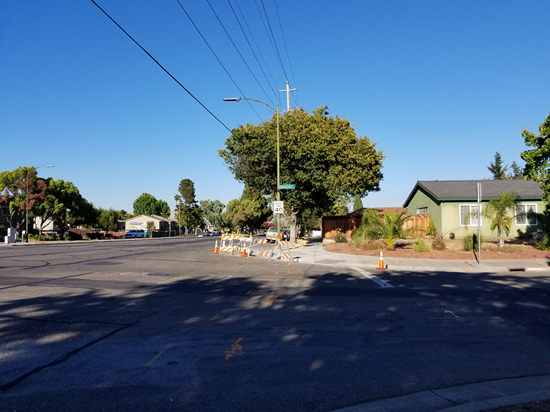
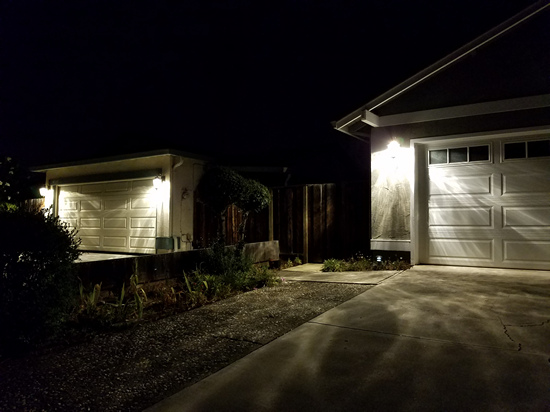
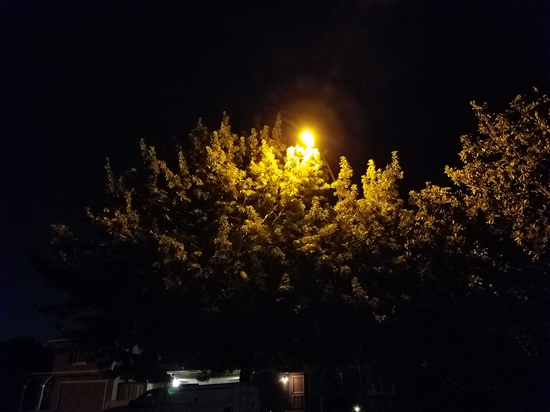
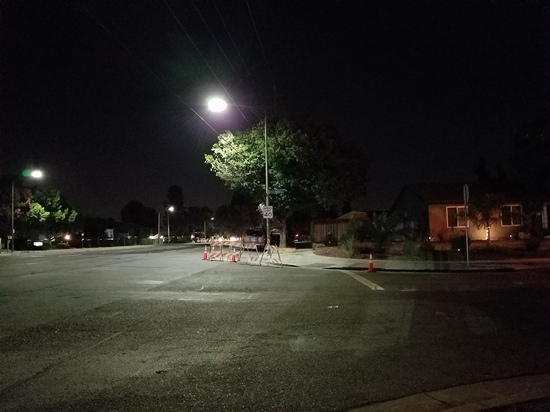
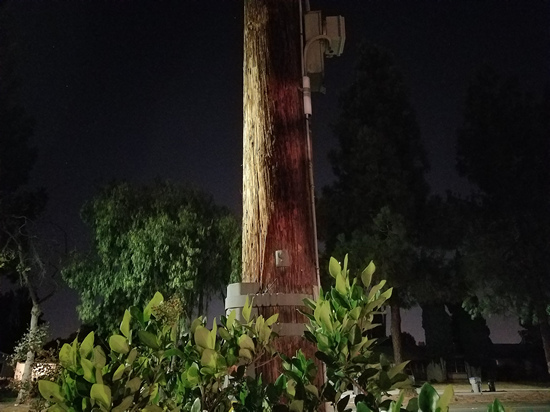









202 Comments
View All Comments
zbingonz - Tuesday, August 16, 2016 - link
So did you guys drop the HTC 10 review?Ian Cutress - Tuesday, August 16, 2016 - link
We had the opportunity to put significant time into meeting the official review launch date for the Note7, so decided to put resources into that as a priority. After Josh has finished up the final sections and had his nap, we'll crack the whip :Dzbingonz - Tuesday, August 16, 2016 - link
Ah good to hear :)Thanks for the prompt reply!
JoshHo - Tuesday, August 16, 2016 - link
Given the choice between being timely on the Note7 and finishing the HTC 10 review we have elected to focus on timeliness for the Note7 review.philehidiot - Tuesday, August 16, 2016 - link
Suppose it makes sense to get one review out promptly and delay the already crazily late one but please, please get on with it! It's getting silly now ;)philehidiot - Tuesday, August 16, 2016 - link
Buuutt... if you want to send me the HTC 10, I'll review it for you (badly).I'm not having a go, I do appreciate quality takes time and there is no other site I know of which can match this place for quality.
lagittaja - Wednesday, August 17, 2016 - link
Since you pushed the 10 review even further, I'm going to have to assume your review will be based on the latest firmware, which for the US version would be 1.91JoshHo - Wednesday, August 17, 2016 - link
The HTC 10 review unit is on EMEA software, it will be the EMEA 1.90.401 build.wessam_yamani - Tuesday, August 23, 2016 - link
i hope you consider the software update version 1.90.401.5 or the latest update you have . and please mention the software version in your article .thanks to all the reviewerXinn3r - Wednesday, August 17, 2016 - link
Please tell me you're reviewing the Xiaomi 5 as you seem to include them in all the benchmarks for newer phones.